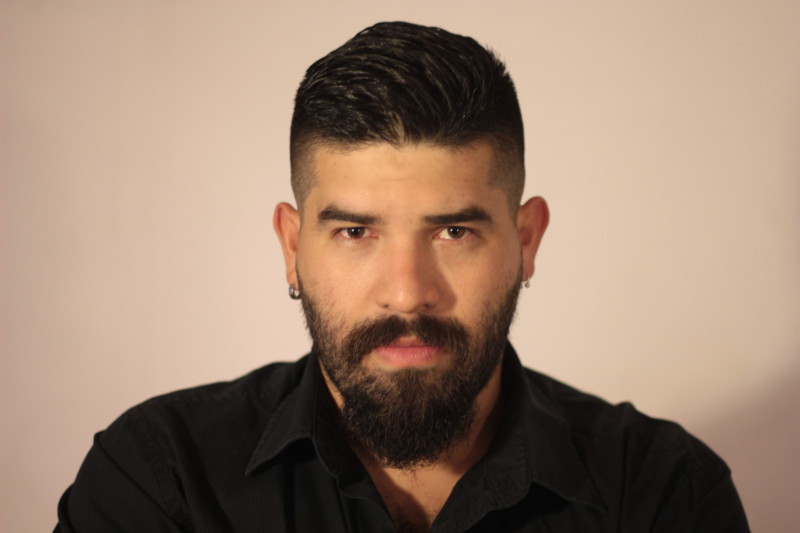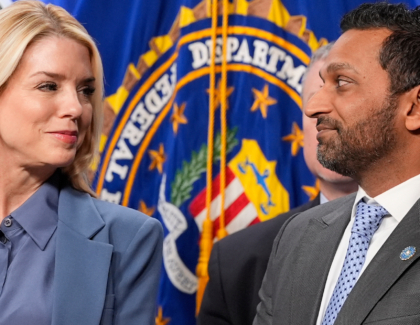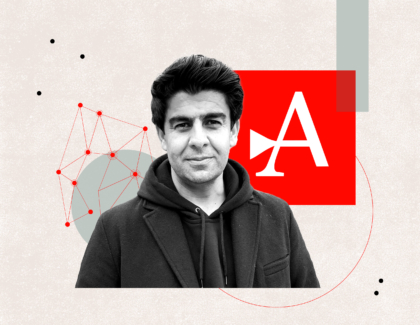Sign up for the daily CJR newsletter.
In their May 4 article for The New York Times, “Inside Gang Territory in Honduras: ‘Either They Kill Us or We Kill Them,’ ” reporter Azam Ahmed and photojournalist Tyler Hicks tell the story of a small gang called Casa Blanca and its efforts to push the notoriously brutal MS-13 gang out of the Rivera Hernández neighborhood of San Pedro Sula, Honduras.
After the article was published, Ahmed wrote for the Times’ Reader Center that he “wanted to reflect the realities of life in Rivera Hernández through the voices of those living there — gangsters, residents, shopkeepers and families.” In the story, Ahmed and Hicks had included the real first names of the subjects, photos of some of their faces, a visible license plate, and a map of the gang territories.
Three weeks after Ahmed and Hicks’ story appeared, Salvadoran anthropologist Juan José Martínez d’Aubuisson, author of A Year Inside MS-13: See, Hear and Shut Up, criticized the Times for identifying the story subjects to such a degree. “It didn’t sound any alarms with them at all, publishing faces, names, and a map of the neighborhood including the location of the characters’ houses?” Martínez d’Aubuisson asks. “To me, it does.”
ICYMI: The problem with ‘fixers’
Martínez d’Aubuisson published a response to the Times story, in Spanish, on two Central American news sites, and co-authored an English version with anthropologist Amelia Frank-Vitale. “We have known some of these people since 2015, when Juan first went to San Pedro Sula for the first time to write about the city’s violence,” the two wrote on Latino Rebels. Residents identified in the Times had told Martínez d’Aubuisson that their personal details were published without their consent, the article said. (Martínez d’Aubuisson reached out to a Times representative, who stated that all subjects had consented to participate in the story.) Martínez d’Aubuisson and Frank-Vitale also noted that the Times had scrubbed the web story of “the most damaging photos.” In a tweet that afternoon, the Times announced the removal of some of the photos:
.@azamsahmed spent weeks reporting this story in Honduras. All sources gave permission to participate in the article and to be photographed. After the article was published, in an abundance of caution, we removed some photos at the subjects’ request. https://t.co/Nga1oo1B2C
— NYTimes Communications (@NYTimesPR) May 24, 2019
Martínez d’Aubuisson and Frank-Vitale’s criticism of the Times gained the attention of journalists and activists across Latin America and beyond, setting off debates about what constitutes informed consent in places like San Pedro Sula, where violence attracts foreign conflict reporters. Such coverage exoticizes the regions to a dangerous fault, says Martínez d’Aubuisson. “Rivera Hernández is a very complicated place where one poorly placed little word can unleash a storm.”
Critics of the Times piece argue that Western media has a tendency to underestimate, stereotype and “other” foreign regions of the world. Such a dismissive approach toward Honduras muddles understanding of the country, says Honduran photojournalist Tomas Ayuso.
“The feedback loop begins with likely honest attempts at journalism to address the big issues that face the country, but done in a way that doesn’t command the same level of respect other countries or stories might demand,” Ayuso says. “Without real means to counter the life-threatening issues a problematic piece might have, Hondurans are left to reap what others sowed in the process of getting that assignment done.”
Journalists typically ask sources for consent to interview or photograph them for publication; this usually means consent to publish any detail of the interaction. In this case, Times editors say that all subjects were aware of the nature of the story during their meetings with Ahmed and Hicks, and that Ahmed and editors reached out to the subjects shortly before publishing to verify that they were still comfortable with appearing in the article.
According to Martínez d’Aubuisson, however, at least one subject told him she did not give permission for the Times to use her name or image. Perhaps subjects were unaware of how visible their participation in the article might be. Martínez d’Aubuisson says screen grabs of the article and photos were circulating after publication, and that it took several days for problematic photos to be removed. Times editors say the photos were only on the website for a day, and doubt the images circulated widely.

“Rivera Hernández is a very complicated place where one poorly placed little word can unleash a storm,” says Salvadoran anthropologist Juan José Martínez d’Aubuisson, who authored a book on MS-13. Photo courtesy of the subject.
The Times does not have a one-size-fits-all answer to granting source anonymity, says international editor Michael Slackman. “Every experience that we are reporting on has to be judged on its own merits,” he says. “There are sometimes instances when after publication concerns are raised, and in every single case when it’s an issue of someone’s safety or security, we have been responsive, as was the case in this article.”
Securing consent and identifying subjects is necessary for a story’s credibility and can sometimes help subjects, Slackman points out, referring to instances in Venezuela and Yemen where aid workers reached people in need.
“The reality is that our job is to report the truth and that is our guiding ethic,” says Amanda J. Crawford, an assistant professor of journalism ethics at the University of Connecticut. “But we still go back to the newsroom after we do our reporting with all our permissions in hand, and we should have the soul-searching conversation about whether we are doing enough to protect people.” She thinks the photos that were taken down should never have been published.
“If they gave us permission, is that enough?” she asks. “Who is on the ground and maybe in a better position to tell us this than we are?”
Martínez d’Aubuisson’s column ran in Contracorriente, a news website co-founded by Honduran journalist Jennifer Avila, and in Revista Factum, a Salvadoran digital newspaper. César Castro Fagoaga, Revista Factum’s editor, says issues of consent and anonymity are consistently part of the news site’s editorial conversation. Obtaining permission from a subject is not the same as obtaining informed consent, both of which are the responsibility of the journalists.
“So we don’t publish the names, or we change the names; we don’t publish photographs,” Castro Fagoaga says. Credibility shouldn’t hinge on a photo, he adds. “We present a lot of evidence. We publish forensic reports, a ton of things to make sure that the report is credible in itself. So it’s not necessary to put a real person in there who is at risk.”
Ahmed, the Times’ bureau chief for Mexico City, Central America, and the Caribbean, says he spent three weeks reporting the piece and never doubted that he and Hicks had full consent to publish the names and images of their sources.
“I think a lot about what kind of risks people are taking by talking with me,” says Ahmed, who has previously lived and reported in Afghanistan and Iraq. “I know we have the luxury of coming in and then leaving. We are not the ones that have to deal with the repercussions and stay behind.”
Still, Ahmed says he was surprised by the amount of criticism the piece has drawn. He believes that sensitivities in the area may be heightened as a result of risky foreign journalism in the past, a point highlighted by Martínez d’Aubuisson and Frank-Vitale’s column, as well as the US’s relationship to Honduras. Ahmed’s writing presents his subjects on a big stage, and in minute detail—a level of international attention he says that only major players in global politics are typically accustomed to. “These are communities that have been lambasted by the US administration, and that’s become the focal point of a geopolitical argument,” he says. “And a lot of the rhetoric around that can seem very disrespectful and at times xenophobic.”
Frank-Vitale, the anthropologist, suggests journalists might take a cue from social scientists who often live long-term in the same community. “The convention in anthropology is to mask names, to mask identities, to mask villages and neighborhoods, whatever is necessary to put distance between the description and the actual individuals,” Frank-Vitale says, adding that all conflict zones should not be presumed to be similar. “Journalists are looking to document the truth and anthropologists are looking to understand the human condition. In journalism, there is this drive to get fast turnaround and get readership. Sometimes the ethical considerations seem to fall through the cracks or be ignored all together.”
FROM THE MAGAZINE: The violence beat
Has America ever needed a media defender more than now? Help us by joining CJR today.







